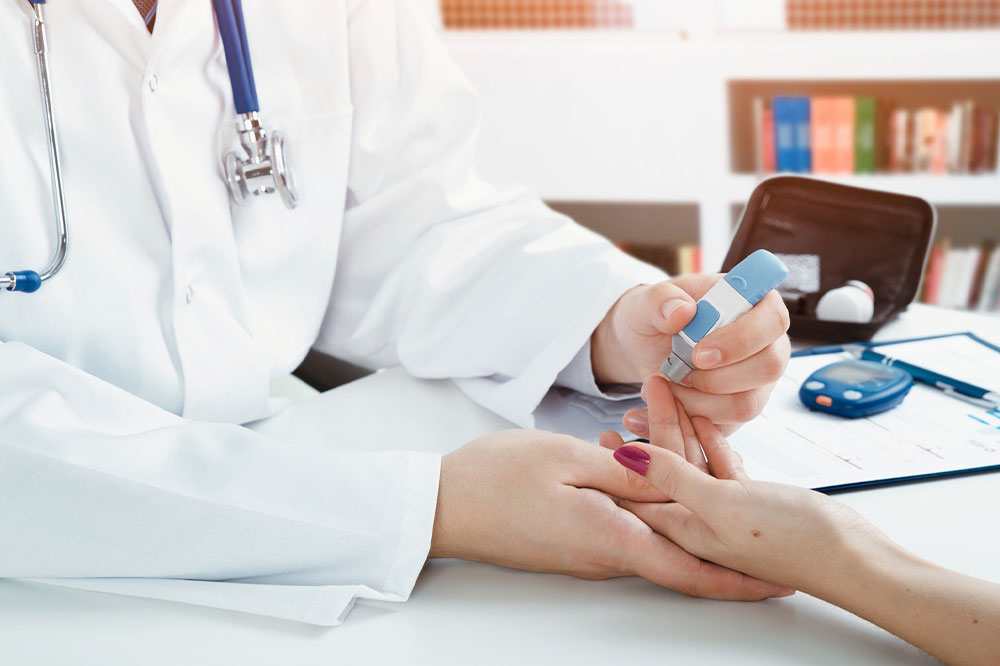
Diagnosis, symptoms, and management of high and low blood pressure
As blood circulates through our body, it exerts a force against the artery walls, called blood pressure. The pressure may increase due to lifestyle factors like anxiety, stress, exercise, or preexisting diseases. Similarly, it may drop because of dehydration, exhaustion, diarrhea, strenuous exercise, fever, and nausea. Too much fluctuation or frequent changes in blood pressure can lead to severe health complications like a stroke or heart attack, so it is essential to manage the condition.
What is the normal blood pressure level?
Normal blood pressure for adults over 20 years is 120/80 mm Hg. The first number denotes the systolic blood pressure or the pressure in the arteries as the heart beats. The second number, diastolic blood pressure, denotes the pressure of the arteries when the heart rests between two beats. Monitoring blood pressure is the easiest way to prevent significant fluctuations.
How is high blood pressure or hypertension diagnosed?
In adults, doctors diagnose high blood pressure in different stages. It may be termed elevated if the systolic reading is between 120 and 129 mm Hg and diastolic less than 80 mm Hg. Stage 1 hypertension is diagnosed if systolic is between 130-139 mm Hg and diastolic is between 80-89 mm Hg. Stage 2 hypertension is diagnosed if systolic is 140 mm Hg and above and diastolic is 90 mm Hg and above. Doctors may call it a hypertensive crisis if systolic is 180 mm Hg and above and diastolic is 120 mm Hg and above.
What are the symptoms of high blood pressure?
The common symptoms are lightheadedness, fainting, headache, fatigue, blurry vision, palpitations, nose bleeds, nausea, and shortness of breath.
How to manage high blood pressure?
Doctors first recommend treatments that prevent blood vessels from narrowing, reduce the accumulation of calcium deposits, and remove excess fluid from the body. They also recommend treatments to manage the underlying condition causing high blood pressure. Further, a healthy meal plan with less salt and fats and lifestyle changes like exercise are beneficial.
How is low blood pressure or hypotension diagnosed?
If a person’s blood pressure is much lower than normal for their age, gender, and height, doctors call it low blood pressure or hypotension. It can occur due to aging, low blood volume, dehydration, heart attack, heart and lung diseases, or disease in the central nervous system. Some treatments and pregnancy can also cause the problem. In adults, doctors diagnose low blood pressure as absolute hypotension if the systolic reading is below 90 mm Hg and diastolic less than 60 mm Hg. Orthostatic hypotension occurs if the pressure remains low for more than three minutes when suddenly standing up or changing position.
What are the symptoms of low blood pressure?
Many may not have symptoms until the numbers get really low. The signs to watch out for include dizziness, fainting or passing out, blurred vision, unexplained fatigue, fast breathing, confusion, and sudden unusual behavior. It is not dangerous unless the pressure begins to drop rapidly. This might lead to severe complications and needs immediate attention.
How to manage low blood pressure?
Some may get better with rest, while others may need treatment. Doctors may recommend treatments that help constrict blood vessels to raise blood pressure. They may also treat the underlying cause to ensure pressure does not drop often. Sometimes, healthcare experts may infuse more blood to improve blood volume to increase blood pressure.




